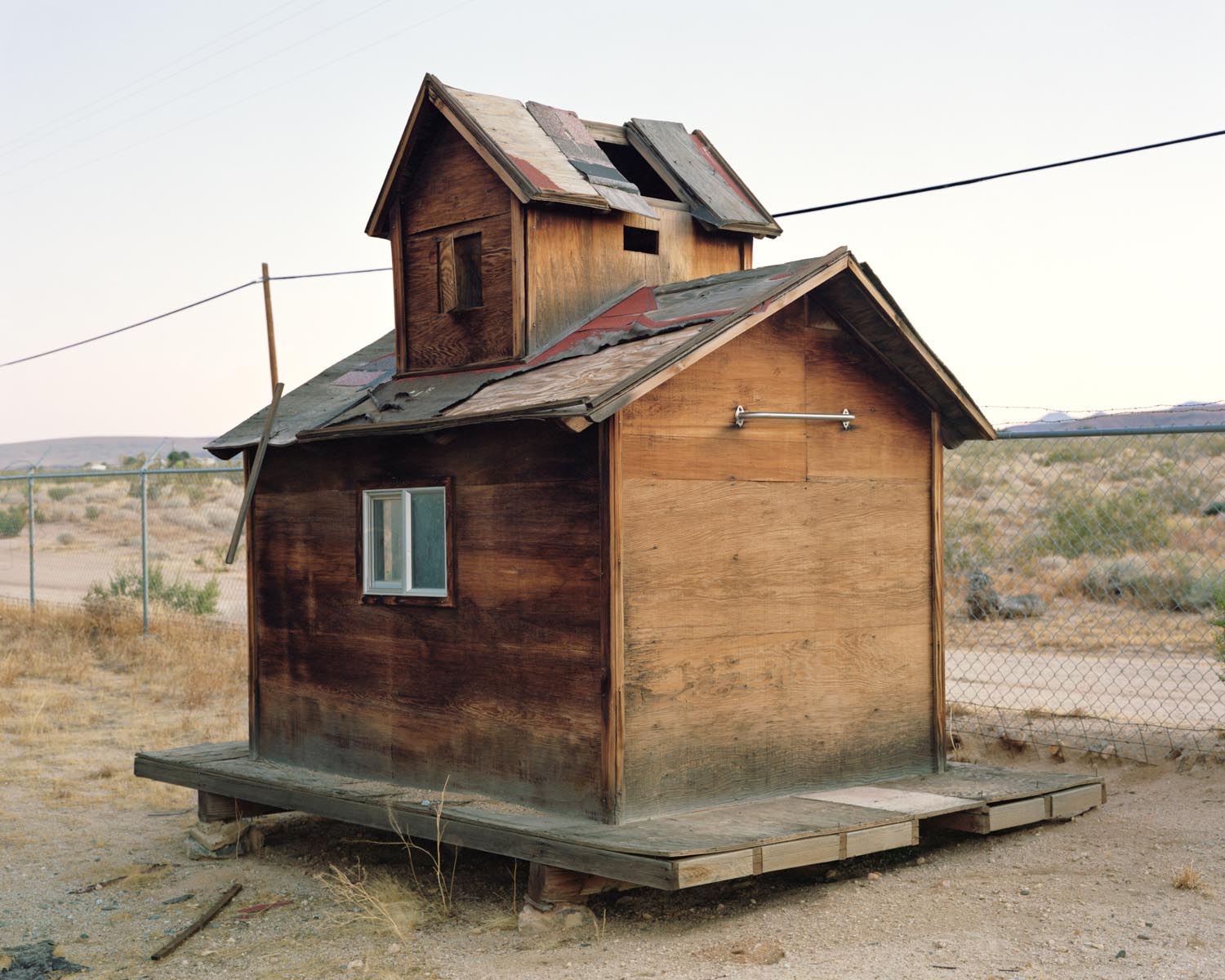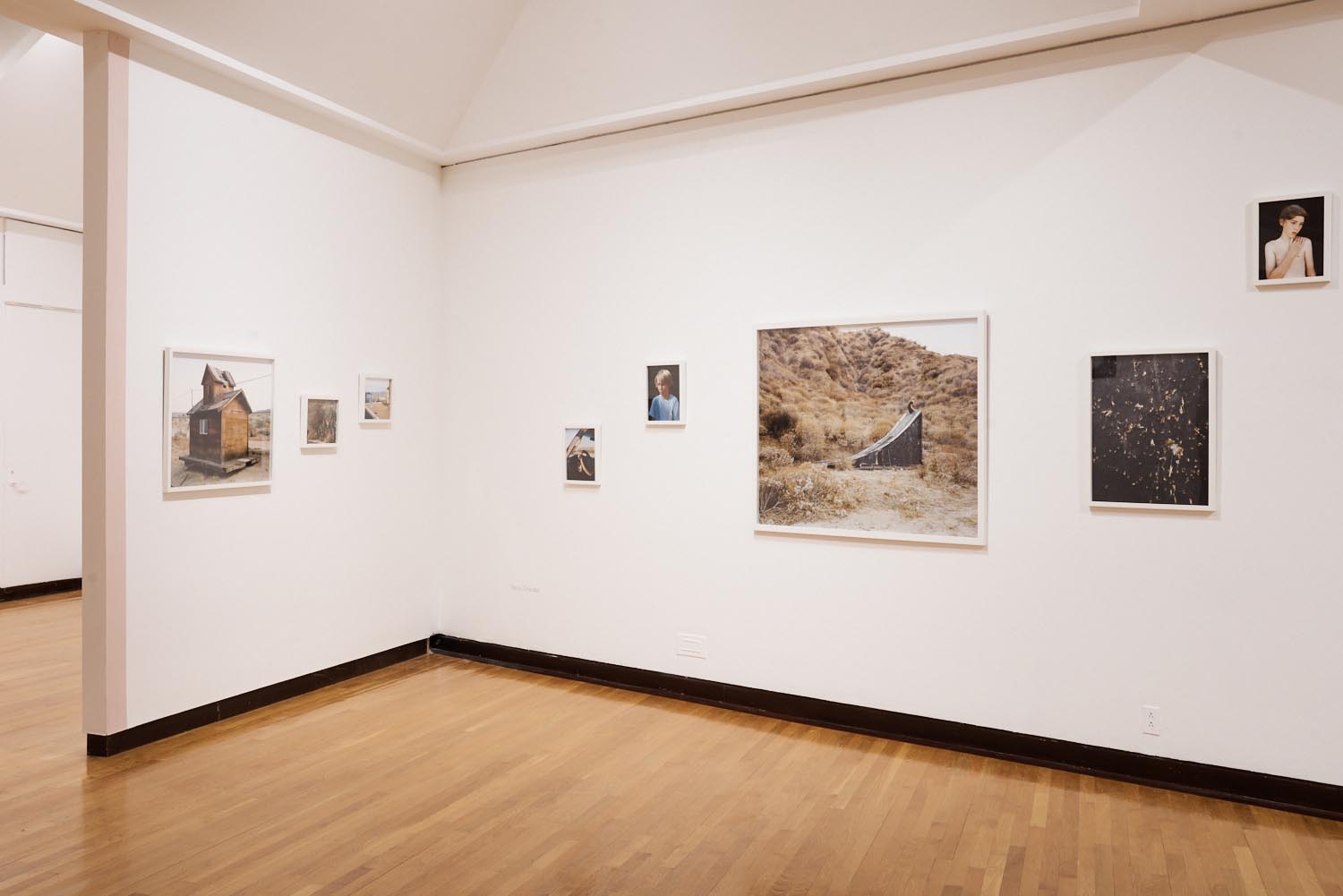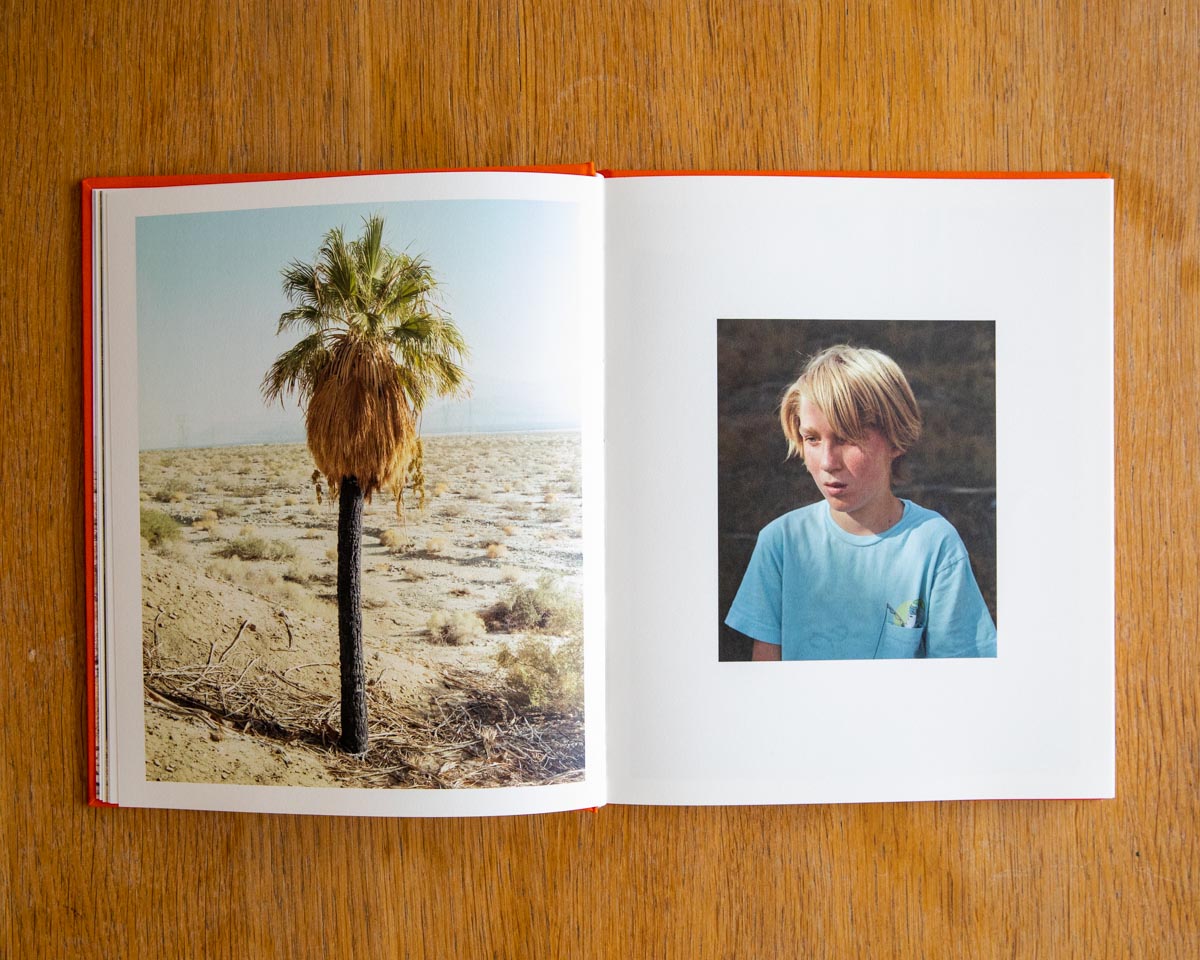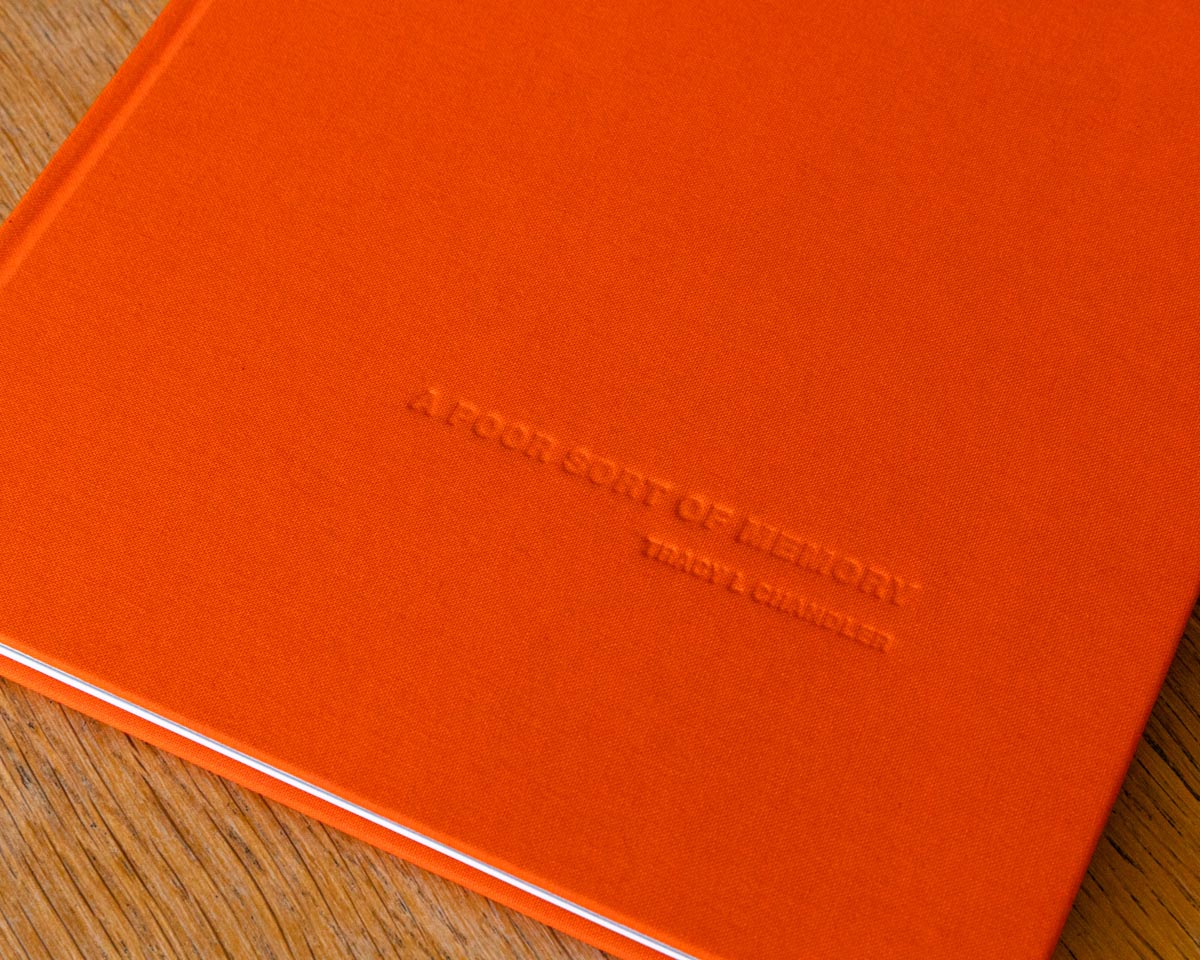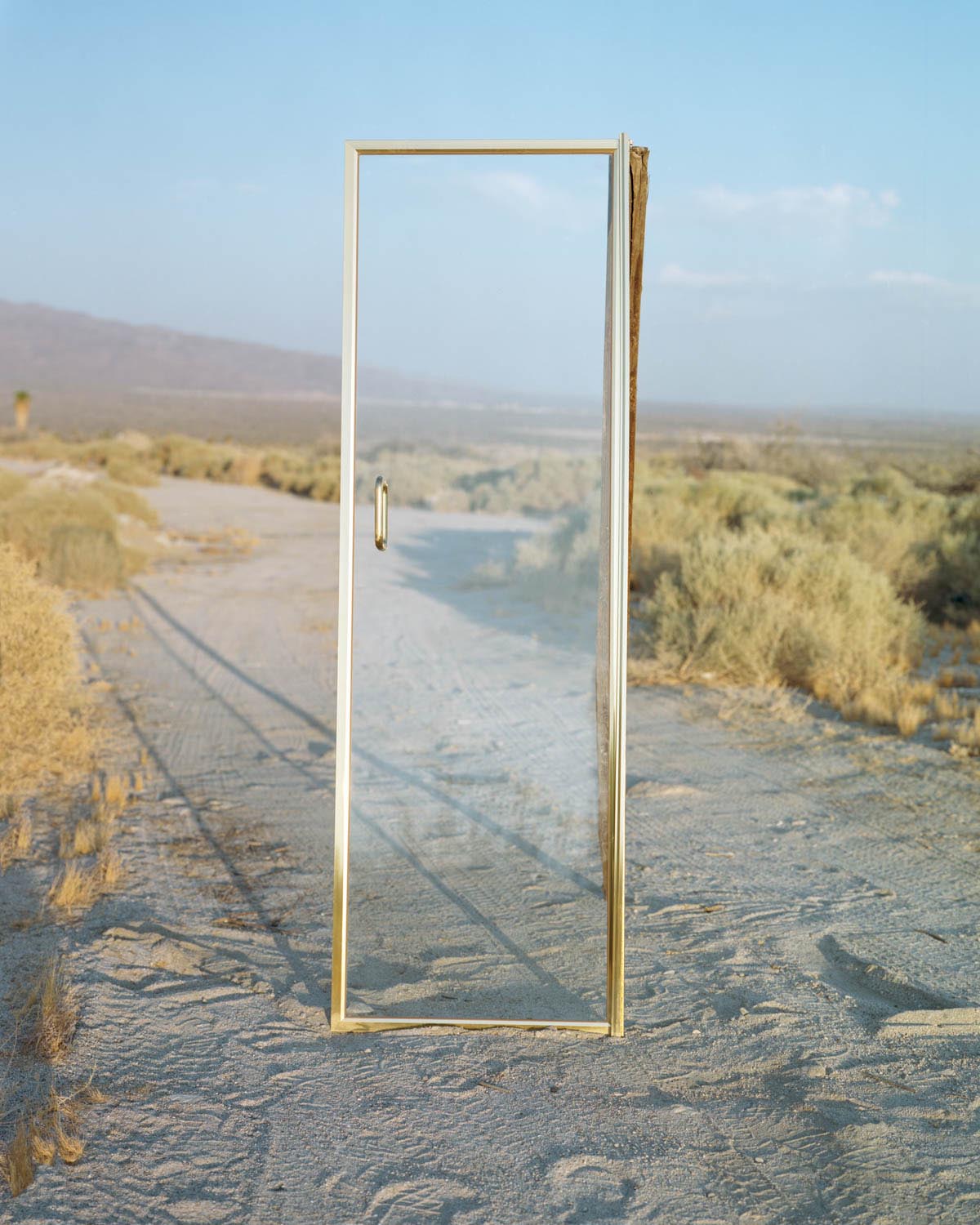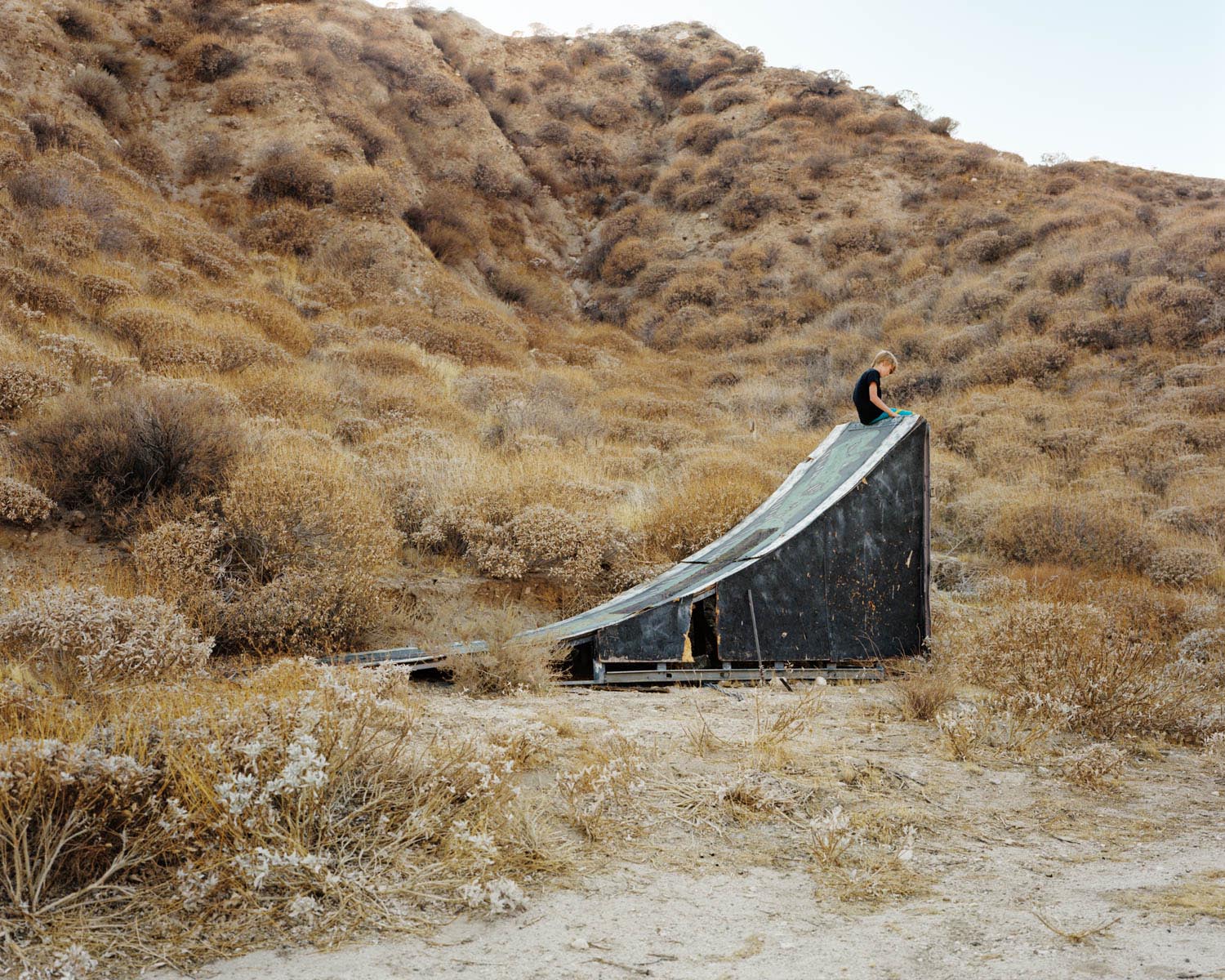How did you get into making art?
I began making pictures as a teen skateboarder. Photography was a way for me to both observe and participate in a movement while making projects gave me a way to organize chaos into concept. To this day, I still use photography as an attempt to filter and arrange the world around me even though this is often a Sisyphean task.
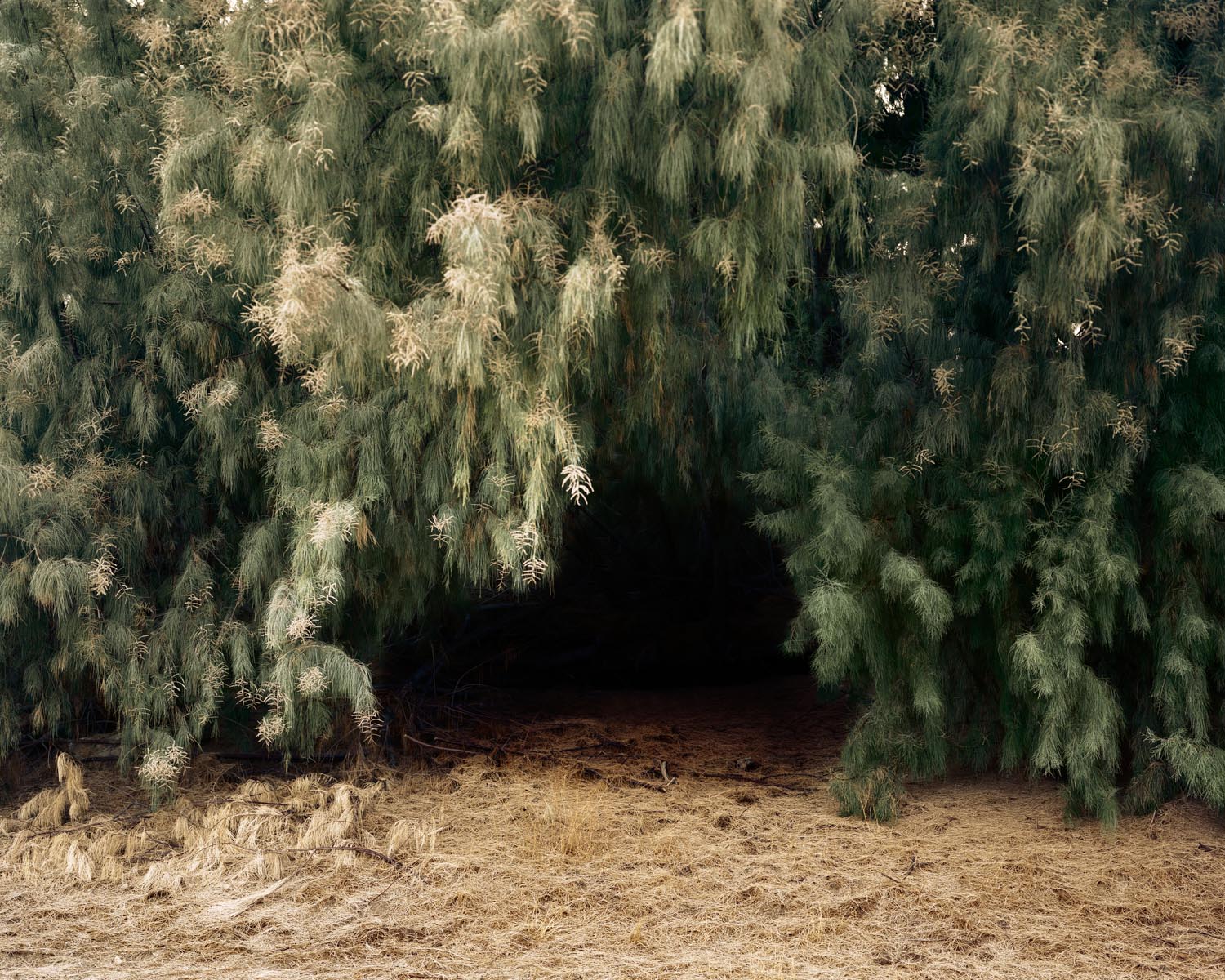
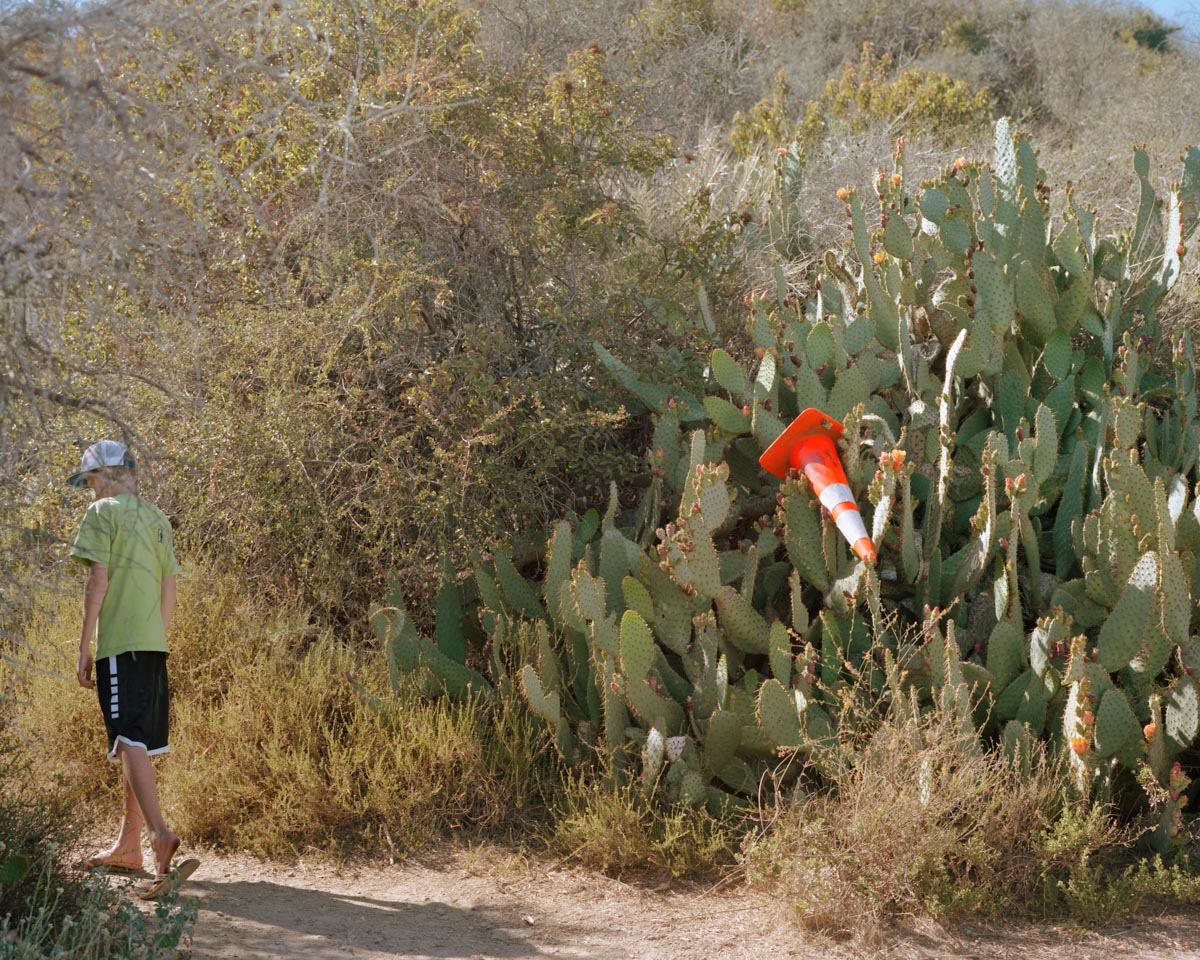
What are you currently working on?
I have been making work in and around my hometown in the California desert. In one project, I visit sites of specific childhood memories to craft a new loose photographic fiction with themes of loss and coming of age. I also include portraits of my own son as the narrative’s protagonist and as a projection for my past experience. The work is titled A Poor Sort of Memory and I am currently working on a developing that into a photobook.
I am also just starting to work on a project that I consider a meditation on water. Water is not only a powerful source of serenity and survival, but also a commodified and politicized natural resource. I am using photography to help me with this contemplation.
Photography was a way for me to both observe and participate in a movement.
Tracy L Chandler
What inspired you to get started on this body of work?
I am from the desert where water is notably scarce, yet in my hometown there is an abundance of golf courses and resort style living. This was always an obvious disconnect for me growing up. The source of the water feeding this consumer ecosystem was far away in another state and its transport was hidden in underground canals. As a youth, I took this precious resource for granted. But now, as an adult amidst a changing climate, I can’t avoid asking myself how all of this works and why? I have just started making these pictures so we’ll see what comes of that exploration.
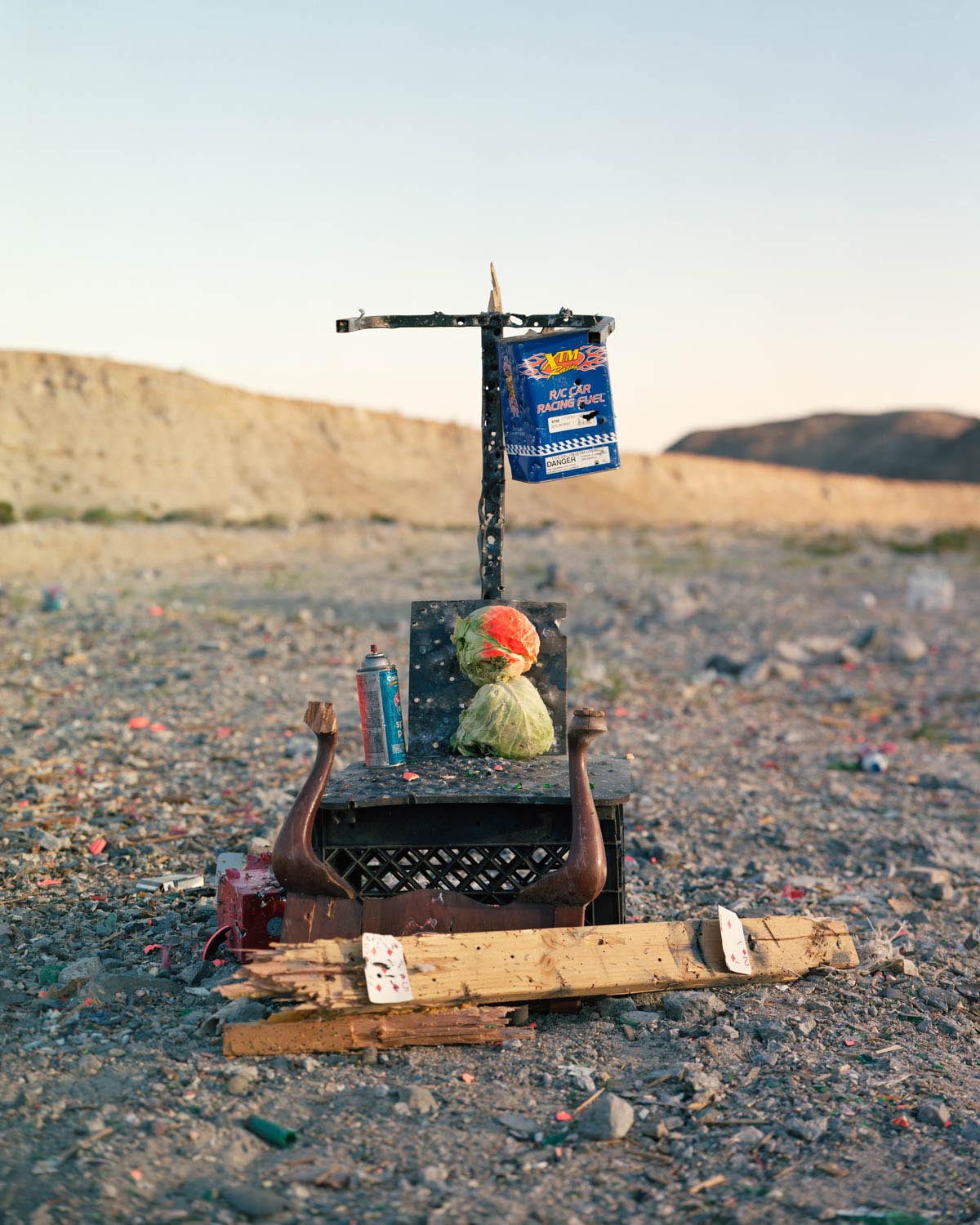
Do you work on distinct projects or do you take a broader approach to your practice?
I work with projects. I use my camera to explore a specific subject or concept that interests me. I am not a photographer’s photographer. I don’t carry a camera around with me all the time. I go long stretches without making a new picture, instead spending my time writing, researching, editing, etc.
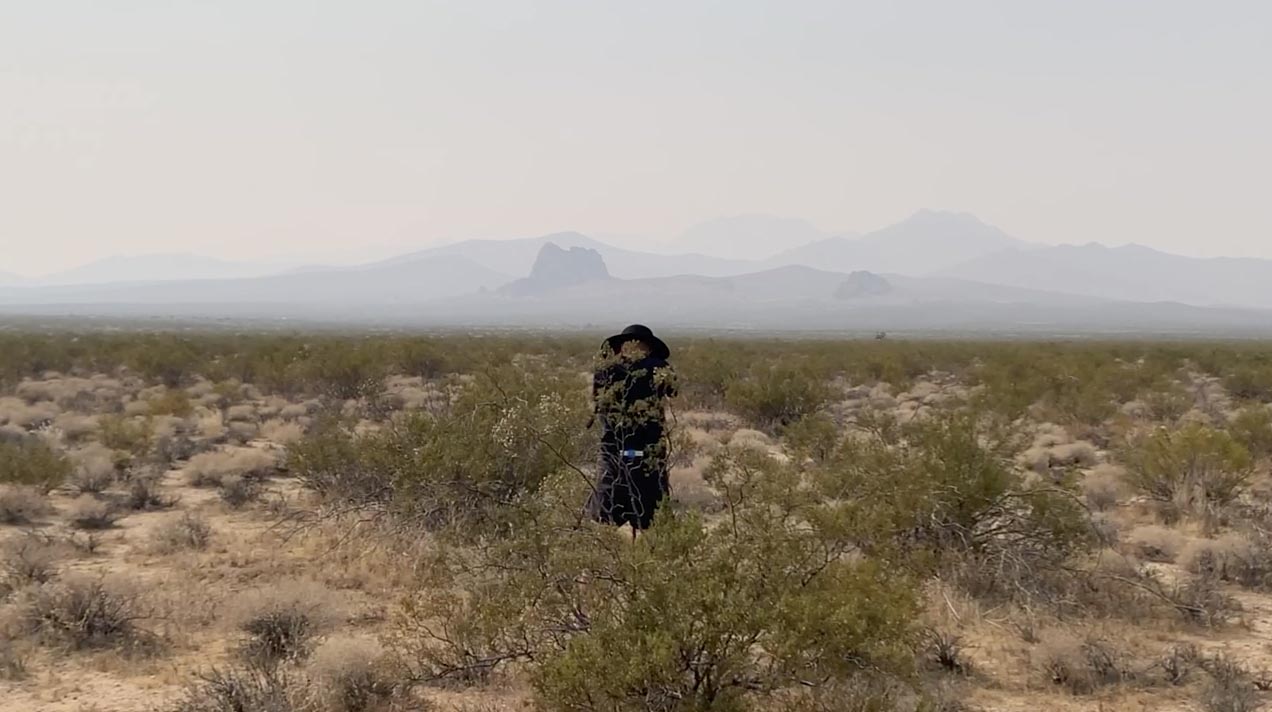
What’s a typical day like in your studio?
When I am actively photographing, I am usually away from home for days to weeks at a time, scouting locations, crafting scenes, and photographing. It is an intense and focused period of art making. Back in the studio my time is spent editing, printing, bookmaking, it all depends on what stage of the project I am in. I am a mom so everything is a balancing act but, typically, in the mornings I tend to my family and errands, then I reserve my afternoons for settling into my work. I always end my day with a walk in nature. Then I go to bed early and do it all again the next day.
Who are your favorite artists?
I am inspired by a mix of artists and scholars, conceptual and grounded, historical and contemporary. Some of my favorites are Georgia O’Keefe, Reineke Dykstra, Catherine Opie, Larry Sultan, Andy Goldsworthy, and Joseph Campbell.
Where do you go to discover new artists?
I look online and use social media like everyone else, but I tend to get really inspired by art when I see it in-person. That can be galleries and museums but books are by far the most impactful for me. They are personal handheld art experiences. I often visit bookstores when I am traveling and always come home with overweight baggage charges.
Learn more about the artist by visiting the following links:



